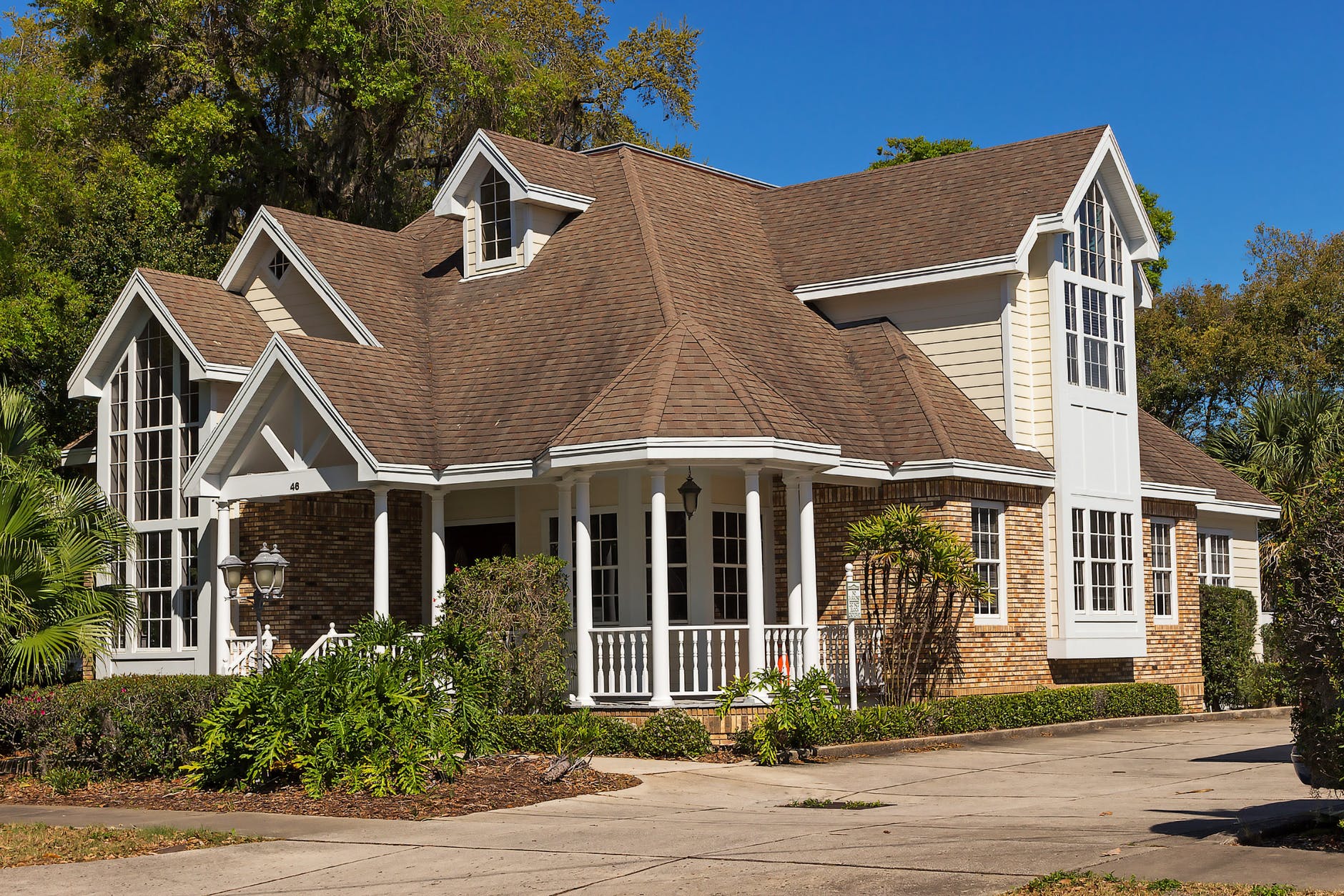When we think about our homes, we think of the good things: lounging in the backyard during summer and having BBQs with friends and family. What we don’t think about are things like the roof and whether our homeowner’s insurance covers leaks because of damage sustained through age or the weather. According to roofing company in Grand Prairie, while most insurance policies do cover damage to your roof, there are limits.
In this article, we look at what you need to know about your home insurance and your roof.
Coverage of Roof Leaks
Your policy covers a variety of the primary causes of a leaky roof and most homeowner’s policies are written on an ‘open-peril’ basis, which means the coverage won’t kick in for losses not explicitly defined in the exclusions section. For example, if you live in an area that experiences harsh weather such as storms and winds, it would cover you for any damage to your roof that leads to a leak caused by these storms.
There are several common causes of loss that most homeowner’s policies exclude, which include:
- Earth movements such as earthquakes, sinkholes, and landslides
- Rust
- Neglect or intentional damage
- Water damage caused by flooding or sewage backup
- Ordinance or law such as the need to demolish or build to bring a structure up to code
- Power failure
- War
- Government action
So to understand the above, we can look at an example that if your roof leak was determined to have been caused by damage from an earthquake, your policy wouldn’t cover it if it’s excluded. You’ll pay for the cost out of your pocket. If you’ve not done so, take the time to review your policy and know what is and isn’t covered.
Does Your Policy Cover Mold?
Mold buildup is a common cause of roof leaks, and coverage for this situation can be tricky. In most cases, coverage will only kick in if the mold came about because of a covered hazard.
Does Your Policy Cover Wear & Tear?
Wear and tear is normal for a roof, however, if the leak results from poor maintenance or neglect, your policy won’t cover it. That’s why it’s wise to make sure you maintain your roof by cleaning out gutters, replacing broken or missing shingles, and making other necessary repairs. Also, be sure to inspect your roof after heavy storms to check for and repair any damage.
How To Spot A Roof Leak
If you perform routine inspections, you should have no trouble finding roof leaks quickly. Signs to watch out for are missing tiles or shingles, uprooted nails, and bubbling or warping on the roof.
You should also look at the attic and see if there are signs of water stains.
Filing A Claim
It’s best to file a claim as soon as you find a problem. However, sometimes it’s best to fix the damage yourself rather than turn it in as when the repair is the same or not much more than your deductible.

